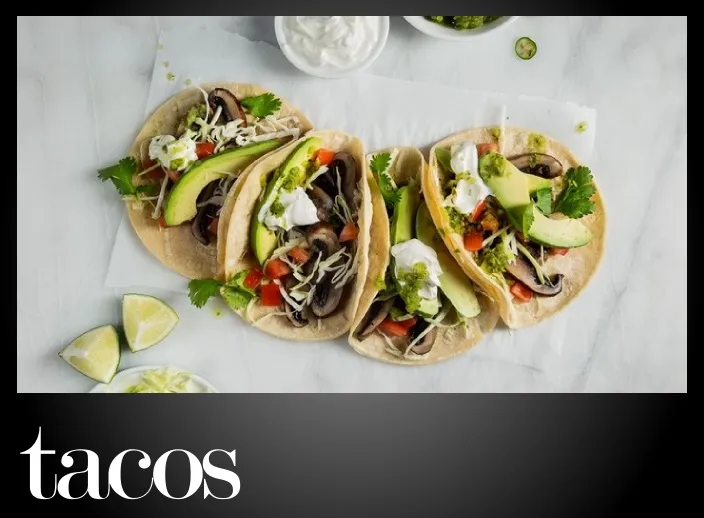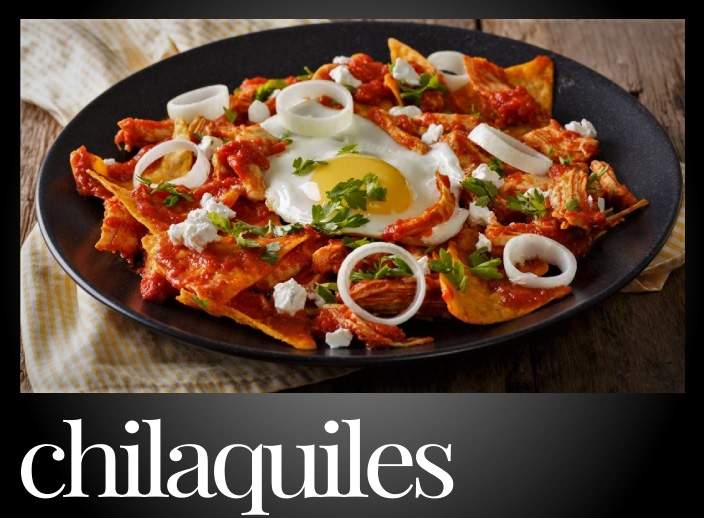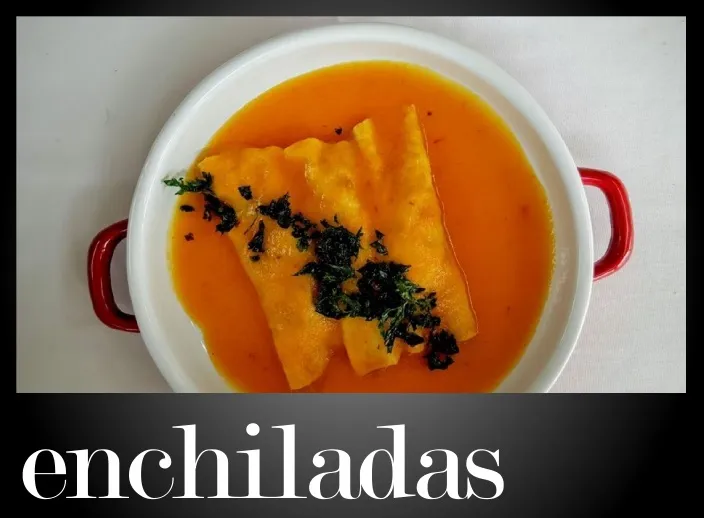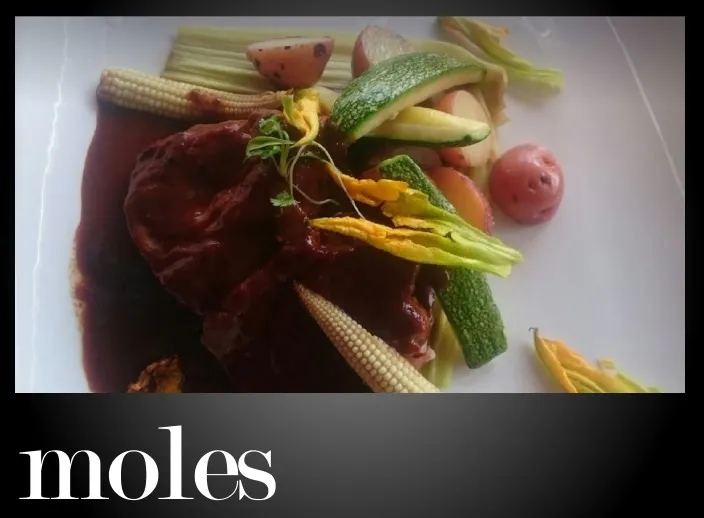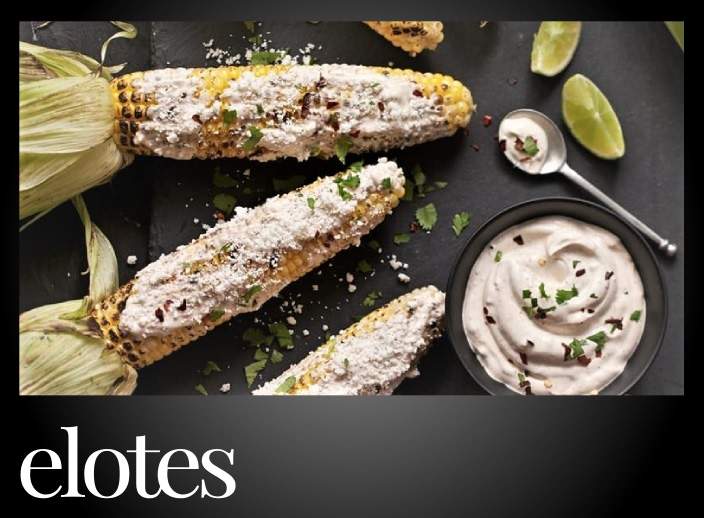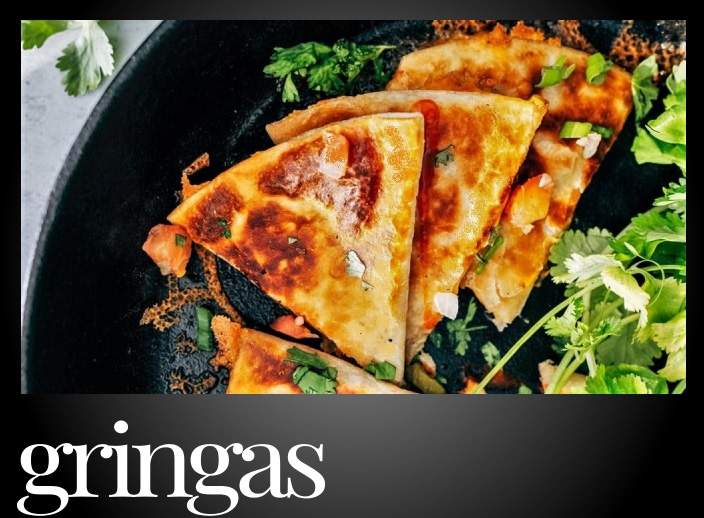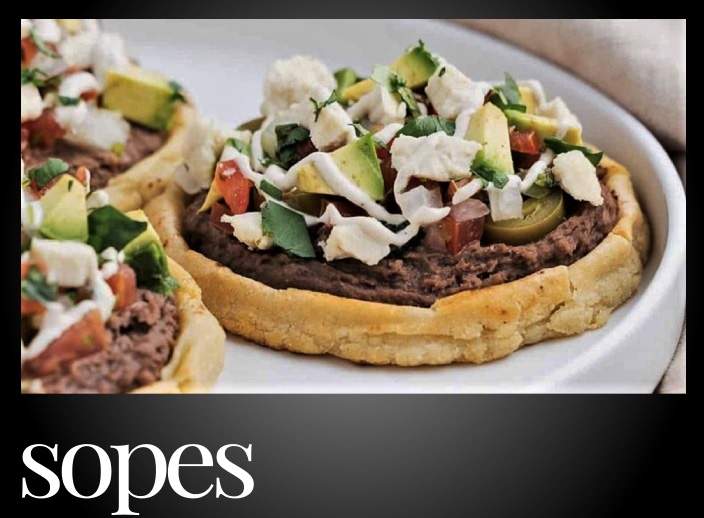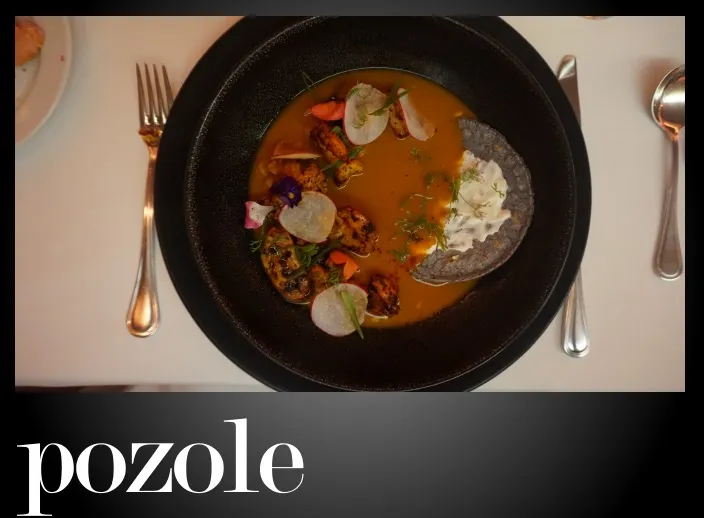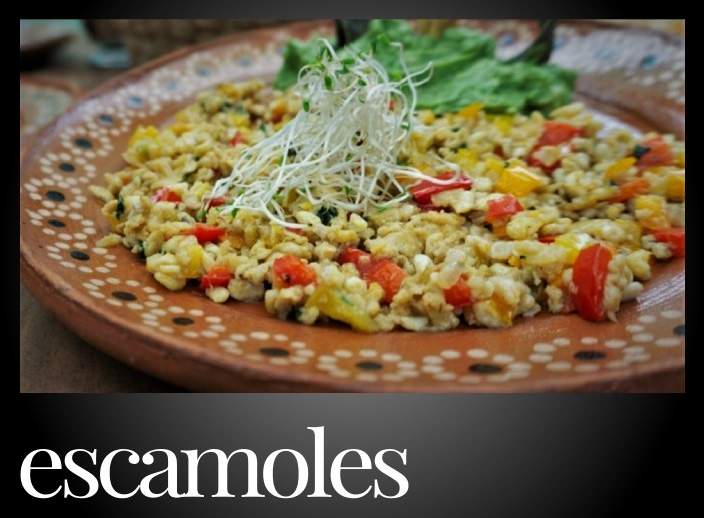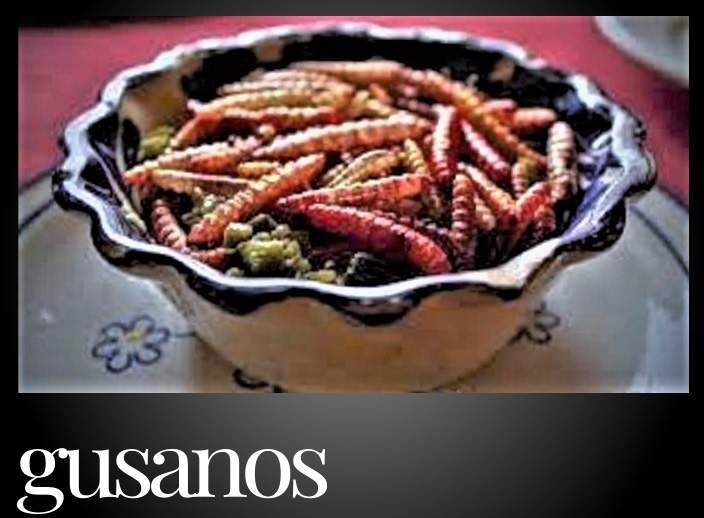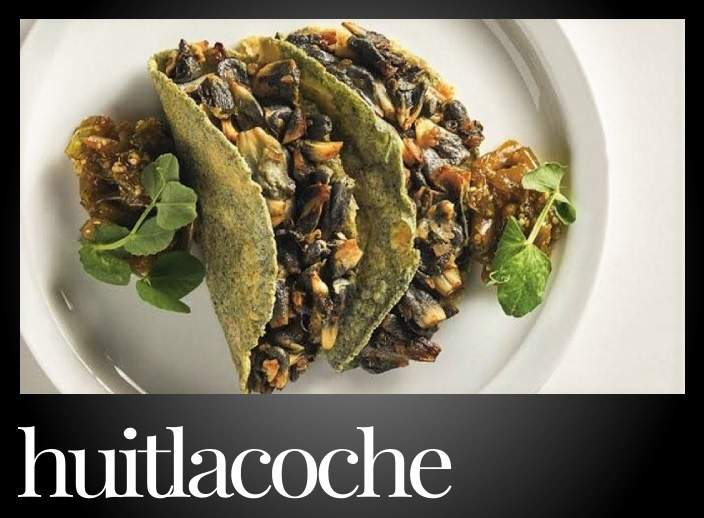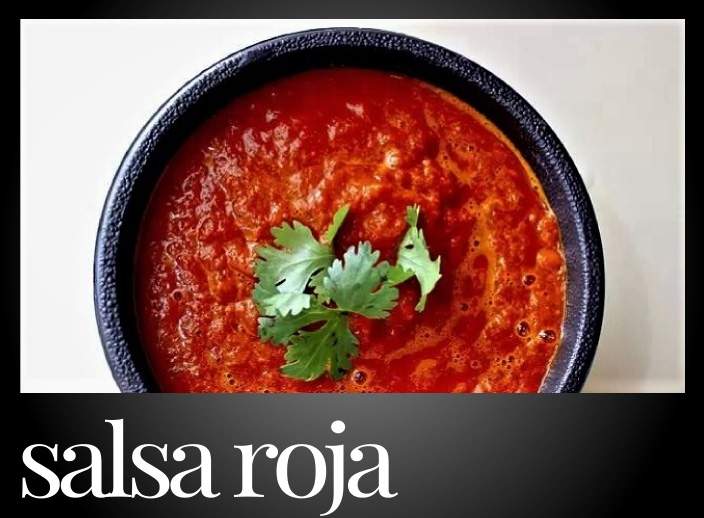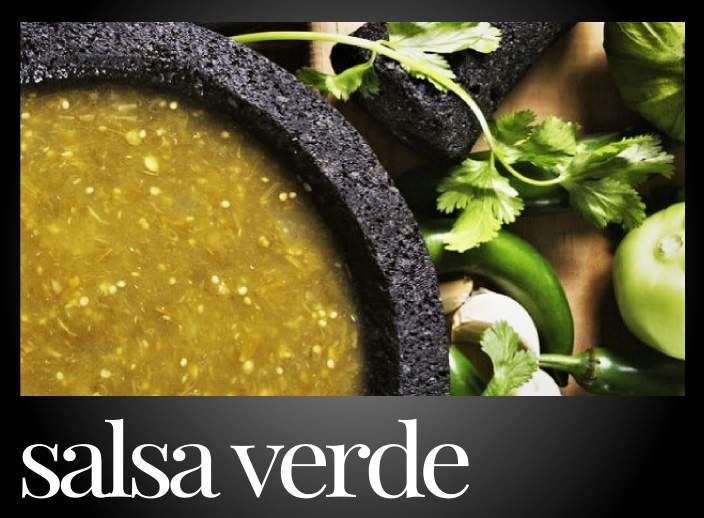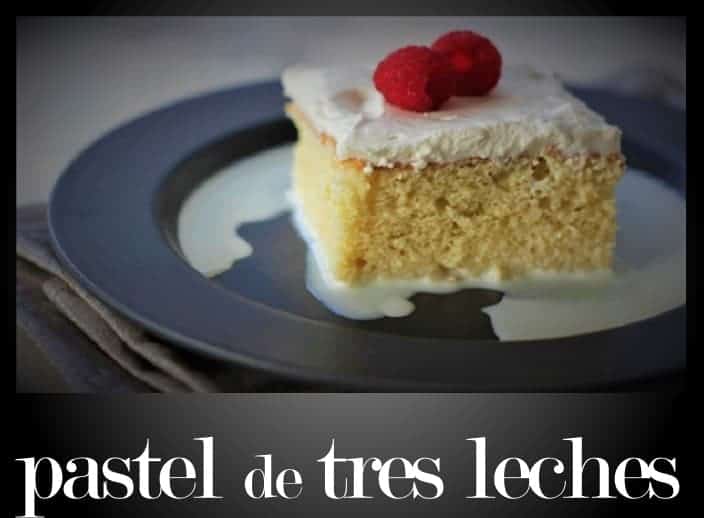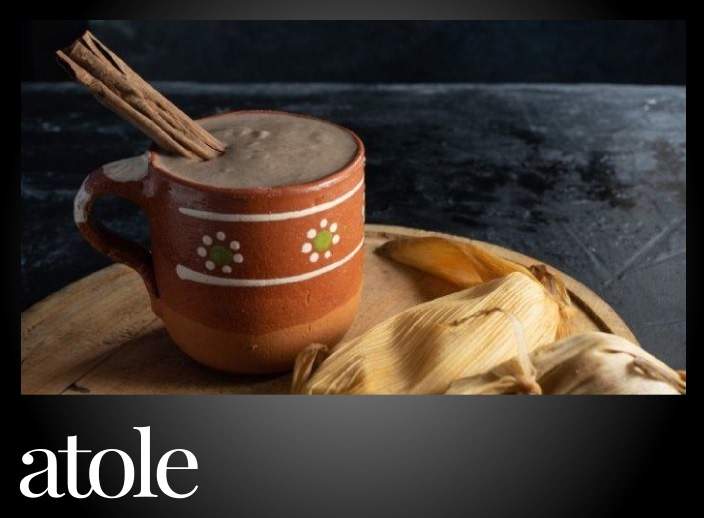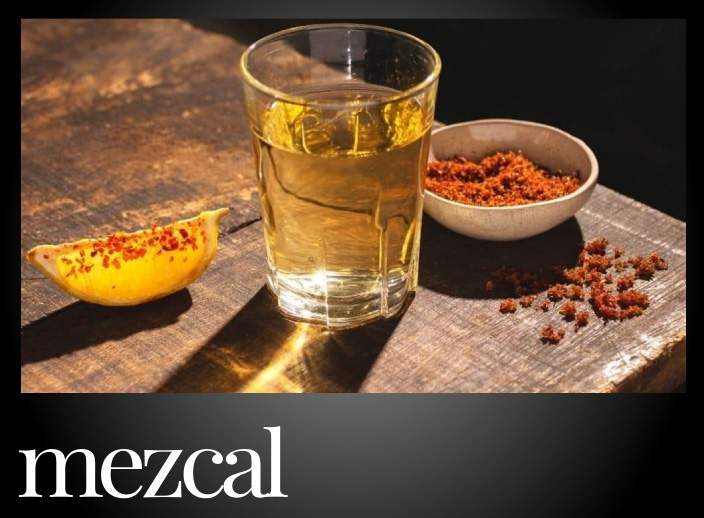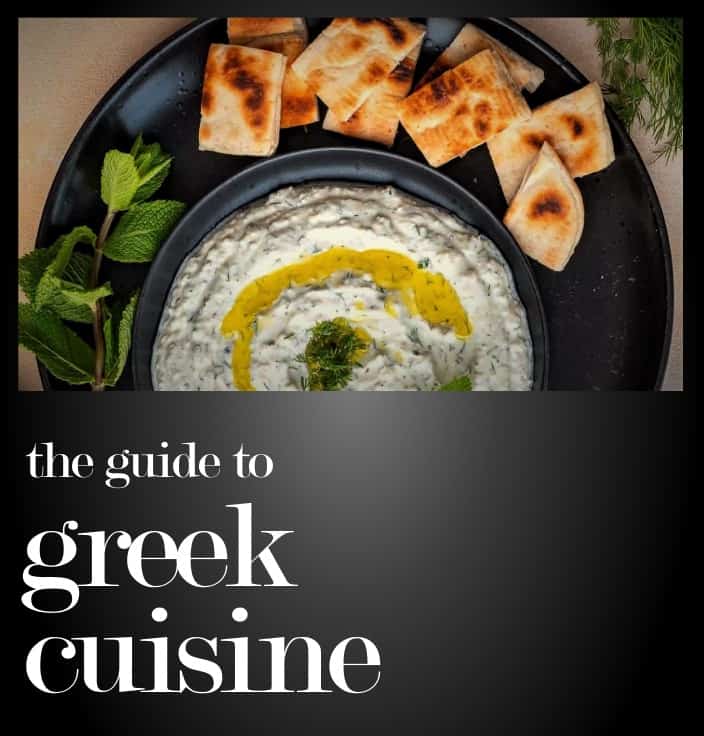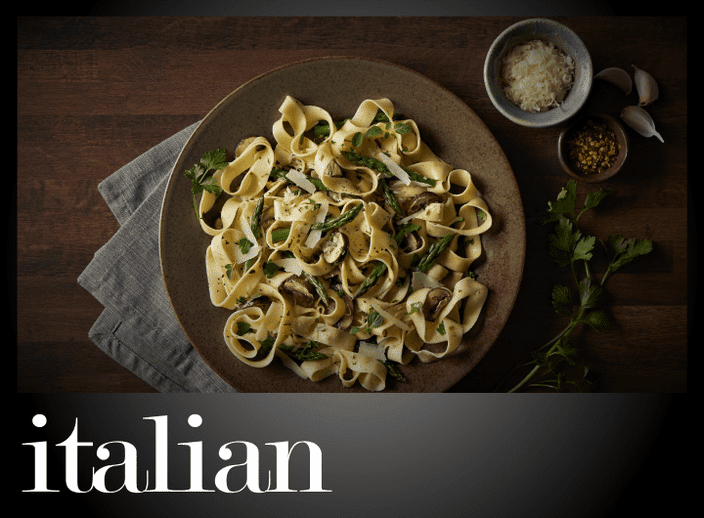Iconic Dishes of Mexican Cuisine
and where to find them
Tacos
Tacos are the most iconic of all the foods found in Mexico City. Thousands of street vendors throughout the city serve small soft corn tortillas filled with all types of pork, chicken, beef, seafood, and condiments at all hours of the day. The variations are limitless. Chilangos (the slang word for residents of Mexico City and its surrounding suburbs) stand at the counter, three-deep, ordering and retrieving their tacos. After years of the customary regime, most Chilangos manage to down three tacos in less than 10 minutes without getting a single stain on their white dress shirts. The most popular taco is the taco al pastor which is a corn tortilla filled with shaved meat from skewered slabs of pork layered with spices, chili peppers and pineapple, made in the same way kebobs, donners and shawarmas are made in the middle-east.
Tamales
Tamales, also called humitas in most parts of South America, and pasteles in parts of Central America and the Caribbean, consist of a ground corn mixture or a masa made with nixtamalized corn meal, wrapped in either corn husks or banana leaves. They are steamed in the wrappers and sometimes filled with beef, pork, chicken or other ingredients. The corn masa may also be flavored. The first image below shows three types of tamal wrappers. The dark green, banana leaf wrapped tamales are typical of the Oaxaca region. The last image below shows three tamales with flavored masas. Here's a great recipe for authentic tamales.
Enchiladas
Mexican enchiladas are a traditional dish consisting of rolled tortillas filled with various ingredients such as chicken, cheese, or beans, covered in a spicy chili sauce and topped with cheese, onions, and sour cream, providing a flavorful and satisfying meal that has become a beloved staple of Mexican cuisine.
Moles
Moles are thick sauces originating in South Central Mexico among the indigenous populations whose central ingredient are chili peppers. Dried chili peppers are combined with other ingredients, most typically fruit, nuts, spices, and ground (by hand originally, using a metate) to form a thick paste. The culinary use of moles outside of Mexico typically is limited to a “mole poblano” to which chocolate is added to produce a dark brown sauce served over meats, most notably chicken. However, in Mexico there are an unlimited number of moles, often designated by their color, from dark brown to green, the color being based on the ingredients and length of time they are cooked.
Huitlacoche
Chilaquiles is a dish utilizing fried corn tortilla chips (referred to in Mexico a totopos) similar in some respects to Tex-Mex nachos, the distinguishing feature being that the chips are often briefly simmered in either a green or red salsa in a sauté pan or cast-iron skillet. Bits of cheese, shredded chicken and thinly sliced red onions are added to the mix. And a fried egg often tops the plated concoction. It is the most popular breakfast dish in Mexico City, with various forms of egg dishes, including Huevos Rancheros following closely behind in popularity.
Sopes
Sopes are a dish, originating in and around the Mexican state of Guerrero, now popular throughout the country. The nixtamalized corn masa is pressed into a thin circular layer, usually about 3 inches in diameter, and the perimeter of the masa is pinched to form a raised edge similar to tarte or pie shell. This masa shell is then deep fried until slightly crisp. It is is then filled will various ingredients, including beef, chicken or pork, crumbled cheese and various salsas.
Chalupas
Chalupas, originating in South Central Mexico, are small round corn meal cups filled with various ingredients. Originally, they were shaped like their namesake, a chalupa, which is a small canoe-like boat of Spanish origin. In modern times they are more typically round with a slight concave shape to hold ingredients, which often include chicken, pork and beef, cheese, shredded lettuce and salsa. The corn masa shell, slightly thicker than a typical corn tortilla, is deep fried, allowed to cool, and then filled with ingredients. They are typically about 3 inches in diameter and often served as an appetizer.
Gringas
Gringas? What is commonly known in Tex-Mex cuisine as a quesadilla is, in fact, referred to in Mexico City as a gringa, one of the few dishes in Mexico City utilizing a flour, rather than corn, tortilla, and, in fact, is one of a few Tex-Mex specialties that has been adopted into Mexican cuisine as a result of melding cultures. The central ingredient of a gringa is melted cheese, to which other ingredients, most notably carne al pastor (marinated shredded pork, spitted, and prepared in a manner similar to the kabobs and shawarmas of the Middle East) and bits of pineapple are often added. Beware, you will find Quesadillas on menus in Mexico City. But they are basically tacos, utilizing corn tortillas, filled with cheese.
Pozole
Pozole is a popular Mexican soup made from hominy, with meat (typically pork), and seasoned and garnished with various ingredients, including shredded lettuce or cabbage, chili peppers, onion, garlic, radishes, avocado, salsa or limes. Pozole is traditional dish, often served on New Year's Eve to celebrate the new year and other special occasions, including birthdays. It is one of the most popular foods in Mexico and has been adopted throughout Latin America. If green sauces is added to soup it is called a Pozole verde and if spices and a salsa roja are added for flavor, the soup is called a Pozole rojo.
Elote
Elote, although actually a word another word for corn in general Mexican parlance, is more commonly used to describe the popular street-food sold at fairs and amusement parks in Mexico City. Elote is corn on the cob, roasted, usually over charcoal, and slathered and covered with various condiments, most notably sour cream, mayonnaise, grated cheese, chili powder, salt and cilantro. Elote is a favorite food of children since they can make a mess of astronomical proportions eating just one.
Huitlacoche
Huitlacoche, a type of edible fungus that grows on corn kernels and is commonly known as the "Mexican truffle," has been a culinary delicacy in Mexico for centuries and is used in a variety of dishes such as quesadillas, soups, and tacos, where its earthy and slightly sweet flavor adds a unique and delicious twist to traditional Mexican cuisine.
Gusanos
Gusanos, the Mexican word for “worms”, are a traditional culinary delicacy that are often used as a garnish in dishes such as mezcal, tacos, and quesadillas, and are prized for their earthy flavor and texture, as well as for their cultural significance and historical roots in pre-Hispanic cuisine. When used in Mexican cuisine, the ingredient is actually a larvae of various insects, rather than worms.
Escamoles
Escamoles, the edible larvae of ants found in the roots of agave and maguey plants, are a highly prized delicacy in Mexican cuisine, often served as a filling for tacos or omelettes, and their nutty, buttery flavor and creamy texture have earned them the nickname "insect caviar."
Salsa verde
Salsa verde! The tables in restaurants in Mexico City may have different tablecloths, but one thing that doesn’t vary from table to table in all those restaurants are the two sauces that are mandatory in Mexico City, the bright-red salsa roja and the tart salsa verde. The salsa verde is the milder of the two sauces. It’s a tart acidic sauce made with tomatillos, mild green chili peppers, lime juice and cilantro. It’s spooned onto everything served, from fried eggs to enchiladas.
Salsa roja
What is salsa roja? The tables in restaurants in Mexico City may have different tablecloths, but one thing that doesn’t vary from table to table in all those restaurants are the two sauces that are mandatory in Mexico City, the bright-red salsa roja and the tart salsa verde. The salsa verde is the milder of the two sauces. It’s a tart acidic sauce made with tomatillos, mild green chili peppers, lime juice and cilantro. It’s spooned onto everything served, from fried eggs to enchiladas.
Atole
Mexican atole is a warm and comforting traditional beverage made from masa (corn dough), water or milk, sweeteners such as cinnamon and sugar, and flavorings like chocolate or fruits, that has been enjoyed for centuries and continues to be a popular and delicious part of Mexican cuisine.
Pastel de Tres Leches
Pastel de Tres Leches is an sponge-cake drenched in three types of milk, evaporated milk, sweetened condensed milk, and heavy cream that has become a favorite in almost every Latin American culture as a result of the wide-dissemination of the recipe in Spanish on cans of Nestlé condensed-milk in the 1940’s. It is the most iconic of all Mexican desserts.

